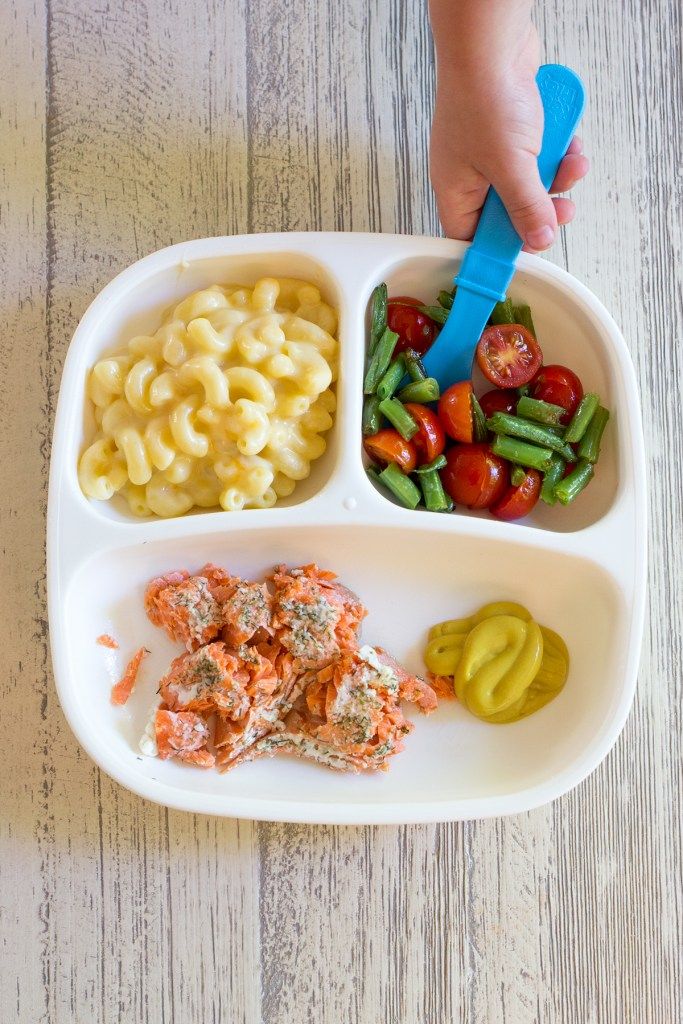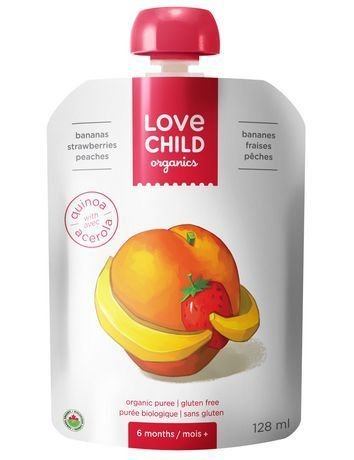Bird saying feed the babies
The Baby Bird Course
$69.00
Loading reviews...
$69.00
Loading reviews...
Quantity
1
Success From
The Start
There is nothing quite like a baby bird. They are fluffy and cuddly and you just want to squeeze their little faces and soak up all their adorableness!! (If you can't tell, we love baby birds)
However, baby birds, as cute as they are, come with their own sets of needs and challenges. Working with a baby bird can be quite different than working with an adult bird, and those differences can be confusing to those who have not successfully worked with baby birds before.
Starting your baby bird off correctly from the beginning can make huge differences later on and set both you and your bird up for a lifetime of success.
Before getting too much in to this course and what it offers (which is a LOT), we do want to be very clear about what this course does NOT talk about so there is no confusion on who or what this course applies to.
1) This course is NOT for baby birds right out of the egg. This course IS for birds who have been mostly weaned and are on 1, maybe 2 hand-feedings a day.
2) This course is NOT about learning how to breed birds. We are not breeders and have no information on breeder birds.
3) This course does NOT teach how to hand-feed. Hand-feeding is a technique that is best learned hands on from either a qualified breeder or avian vet. Not hand-feeding correctly can result in serious injury or death to a baby bird, so please make sure you are well versed in how to hand-feed if you are getting a baby bird, even if the breeder tells you it is fully weaned (it might regress).
So now that we've covered the few topics not in the course, let's talk about what is covered!
- Lifestyle adjustments and how to make your house baby bird friendly
- Speaking in "absolutes"
- First day home with your baby bird (one of my favorite days!)
- How to teach your baby bird to accept treats
- What tricks to teach and when to teach them
- Adaptive conditioning
- Fledging vs.
 Clipping
Clipping - Baby bird cage environment changes
- How to handle a regression to hand-feeding
- How to diet convert onto healthy solid foods
- Avoiding bad habits that would cause future problems
- Positive interactions with your baby bird
- Training styles and how to work with them
- Desensitization training
- Harness training your baby bird
- and much more!
If that seems like a lot of topics, you're right! We wanted this course to be a truly in-depth review of how to work with your baby bird so that you are set up for the best chance of success together.
This course also automatically includes some of our free PDF downloads such as A Guide to Weaning Baby Birds, Household Dangers, How to Forage, and our Weight Tracking Journal.
Throughout this course, we do make reference to our seasonal feeding system quite often. We offer our seasonal feeding system within our Natural Feeding System cookbooks in digital form or in physical form.
We also feed all of our flock, including any babies, our Organic Pellets as they are made with the healthiest ingredients and are also cold pressed so they break apart easily. This is huge when working with baby birds since they are used to softer foods. Plus these pellets mix great with their formula or our seasonal feeding system during the transitioning period.
To access your downloadable and/or streamed content after purchase, please login to your BirdTricks account and at the top right of the page with a pink button it will say "My Downloadable Files". Click there to access all PDFs and Videos. If you have any issues please contact [email protected]
!! Please Note - All products in this course are digital and will be available for you to download or stream.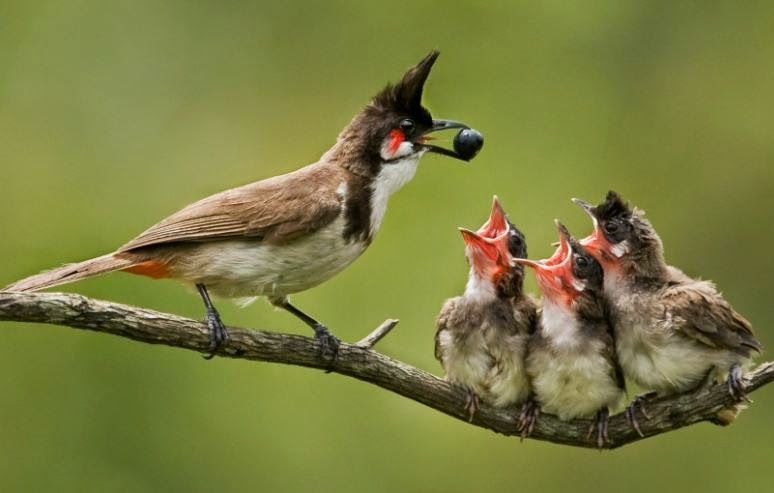 No physical copies will be shipped out upon purchase !!
No physical copies will be shipped out upon purchase !!
Mother Bird Feeding - Etsy.de
Etsy is no longer supporting older versions of your web browser in order to ensure that user data remains secure. Please update to the latest version.
Take full advantage of our site features by enabling JavaScript.
Find something memorable, join a community doing good.
(211 relevant results)
Feeding the birds - is it always a good deed and how not to harm | Petrozavodsk SPEAKS | Newspaper "Petrozavodsk" online
Feeding the birds - is it always a good deed and how not to harm
November 13, 2019, 07:00
Karelian ornithologist tells what birds need and how to make feeders
Author: Valentina Platonova
Birds need to be fed in winter - that's what we were taught at school, right? Does anyone remember how to do this? Very soon, in kindergartens and schools, our children will be given the task of making feeders. Can we give the right advice? nine0005
Can we give the right advice? nine0005
Feeding birds in Karelia in winter is not only a good deed, but also an important support for birds in cold weather, because without human help it can be difficult for them to spend the winter. But it turns out that not everything is as simple as it might seem at first glance. It is important not only to properly build a feeder and hang it in a suitable place, but also to choose food that suits our birds. We talked about how to behave with birds in winter with Andrey Tolstoguzov, an employee of the Institute of Biology, KarRC RAS. nine0005
- Winter is almost here. Now many will feed the birds. Is it necessary to do this at all?
– It is definitely necessary to feed the birds. Children usually do it with pleasure, at the same time they get to know the representatives of the flora and fauna of their region, learn to love nature. But for whom this is even more important, it is for birds.
For example, part of the duck population is now wintering in the city.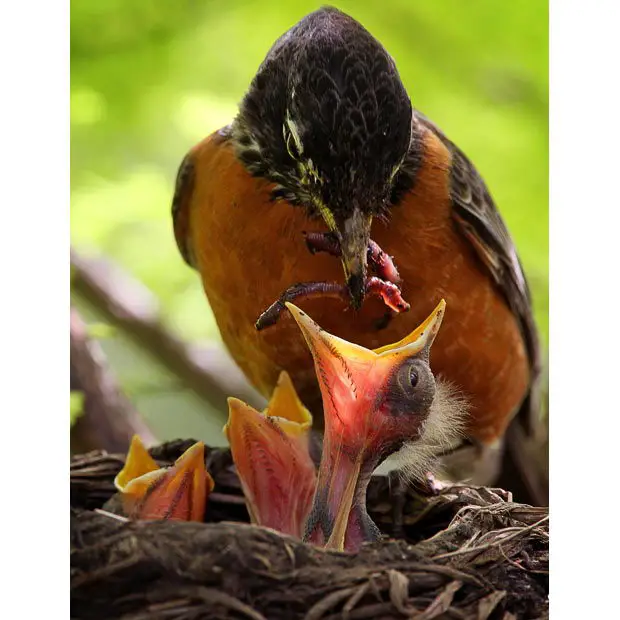 For the last two years I have been studying this phenomenon in detail and found out that the urban population is growing in number - in the winter of 17/18 there were 1200 ducks in the city, and in the winter of 18/19th - already 1500. And in the 90s there were dozens of individuals. The population grew mainly due to the fact that the locals fed the ducks.
For the last two years I have been studying this phenomenon in detail and found out that the urban population is growing in number - in the winter of 17/18 there were 1200 ducks in the city, and in the winter of 18/19th - already 1500. And in the 90s there were dozens of individuals. The population grew mainly due to the fact that the locals fed the ducks.
Small passerines also depend on constant feeding. Tits, for example, look for sources of food at the end of autumn and then feed only at their expense. Therefore, if you undertook to feed the birds, this should not be a one-time action.
We made a feeder - keep the food in it constantly. If you stop adding food (which often happens when people get tired of it), this dooms the tits to death, since they will no longer be able to look for new sources of food. nine0005
– What to feed the birds?
- It is worth feeding unroasted and unsalted sunflower and pumpkin seeds. In frosty weather, the seeds need to be crushed. Crushed peanuts, unsalted lard, oats, millet, and wheat can also be good top dressing. You can give slices of apples.
In frosty weather, the seeds need to be crushed. Crushed peanuts, unsalted lard, oats, millet, and wheat can also be good top dressing. You can give slices of apples.
What should not be fed is salty, spoiled, sweet or fried foods. Contrary to stereotypes, you should not give bread, especially black bread, as it is poorly digested and does not provide much energy. However, if in frosty weather there is a choice: to feed the birds with bread or not to feed at all, then it is better to feed them. Without food, they will simply die of cold. nine0005
– Should all birds be fed?
- Indeed, not all birds are equally resourceful in finding food. Crows and gulls, for example, get their food in the garbage, it is easier for them to survive the winter than for smaller birds. I would suggest feeding the less resourceful and less protected birds, but it's actually quite difficult to control who gets your food. If you are making a feeder, you can make the entrance holes so that large birds simply cannot climb into them.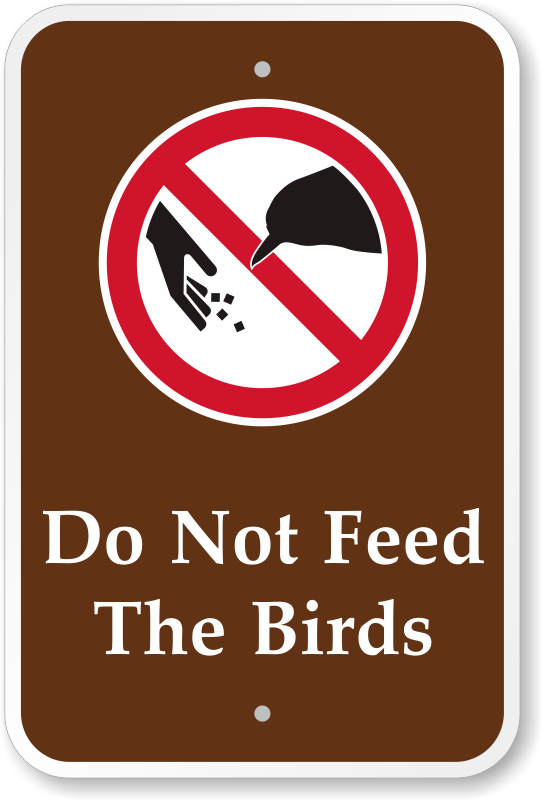 nine0043
nine0043
By and large, there are no exceptionally harmful birds (as well as animals in general). It's just that there are more or less vulnerable at the moment. Among the birds of Petrozavodsk, crows are less vulnerable, so they have a large number.
– How to make feeders correctly?
– A proper feeder must have a roof so that the feed does not get wet in the rain. In addition, it is necessary to make bumpers so that food does not spill out in windy weather. But the sides should not be made very large so that the bird, sitting on them, can reach the food. nine0005
I would also advise you to make a feeder on a pole rather than a hanging feeder. A third of the length of the pole must be dug into the ground so that the structure does not fall. Such a feeder is better protected from wind and squirrels.
If you decide to make a hanging feeder, then it is necessary that it be heavy and not sway in the wind. The ropes with which it is attached to the base should be short (for the same reason). And it’s better to use wire for fastening in general, then the feeder will hardly swing.
And it’s better to use wire for fastening in general, then the feeder will hardly swing.
nine0002 But even more important are the rules for caring for the feeder. It is necessary to constantly remove wet and spoiled food, as well as dirt. You can’t overfeed the birds: you don’t need to feed too much, he just needs to appear there regularly.
– What should and should not be used to make a feeder?
- You can make a feeder out of anything. But I recommend wood. Such feeders are durable, do not spoil the appearance of the park and do not harm the birds. Feeders made from cardboard boxes quickly become unusable and become garbage. At feeders made of plastic bottles, it is worth pasting over the sharp edges of the cuts with tape so that the birds do not get hurt. nine0005
– Where can and can't they be hung?
– The feeder can be hung on a window, on a tree (just don't nail it to a tree!), and, in general, in any place. The main thing is that it is convenient for you to get to it - in order to clean or pour food. For small birds, it is good to make feeders near the bushes, so if a large bird or a predator arrives at the feeder, small birds can hide.
The main thing is that it is convenient for you to get to it - in order to clean or pour food. For small birds, it is good to make feeders near the bushes, so if a large bird or a predator arrives at the feeder, small birds can hide.
Tags:
birds
winter
feeders
food
crows
ornithologist
Why is it dangerous for children to hand feed birds? Vovet.ru
Let's start with the fact that humans and birds are completely different species with very different physiology. This causes not only the difference in habitats, but also in the issue of the sense of touch of the world and stereotypes of behavior. Since any living being can act, based on personal experience and their own feelings, contact with a representative of a species as different from us as birds is more than difficult. nine0005
A child, due to his age and knowledge about the world, cannot build such a theoretical construction. Communicating with birds, he will repeat everything that worked in games with familiar pets - cats and dogs, which are much closer to us both in physiology and behavior. Feeding birds by hand may cause:
Feeding birds by hand may cause:
Injury from being struck by a bird's beak . These living creatures will not be delicate when eating from their hands - instead of soft lips they have a beak. In no case should contact be allowed between a child and a bird of prey - it can injure its hand just by sitting on it, like on a branch. nine0005
Fright. A sudden movement or sound can cause panic in both the child and the bird. Children's laughter can provoke an inadequate reaction in a feathered one. At the same time, bird movements are also not always predictable.
Injury due to misunderstanding. These include a blow with the beak of a child who is trying to stroke a bird, as well as broken bird feathers, over which the child affectionately ran his hand.
Do not forget that bird bones, unlike the skeleton of a mammal, are hollow. An action that is completely harmless to a child, puppy or kitten can injure a bird. Having unintentionally maimed or killed a bird, the child will receive a serious psychological trauma for life. nine0005
nine0005
Birds are carriers of a number of infectious diseases. Veterinary medicine has not yet matured to the level to protect poultry from them, to say nothing of the pigeons that visit the city's garbage dumps. Among these are ornithosis, which affects the internal organs, a whirlwind, which causes inflammation of the eyes, and even tuberculosis.
Teaching a child the right attitude towards birds
Protecting a child from the temptation to feed funny birds from his hand is not so difficult. It should be understood that the ban should apply not only to street pigeons, but also to agricultural birds and even parrots. It is better to avoid possible risks than to deal with the consequences of an unsuccessful acquaintance. nine0005
Education should include:
The child's contact with wildlife should not be restricted. If he has the opportunity to play and feed a person’s closest friends, he learns to communicate with them and will do this often, then there will be less temptation to seek exotic adventures.





